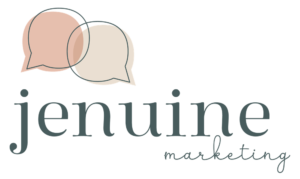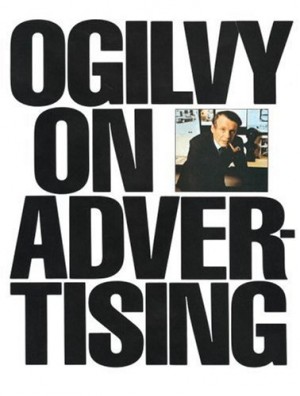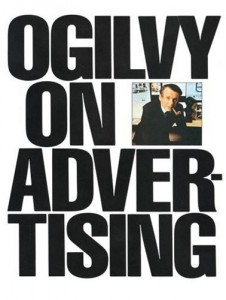I’ve been slowly making my way through Danielle LaPorte’s “The Fire Starter Sessions: A Soulful + Practical Guide to Creating Success on Your Own Terms“. It’s a really thought-provoking book that begs to be read more than once, and it will definitely help kick your butt into action if you happen to need that sort of impetus, which a lot of us do. But there was one short nugget of advice, tucked away in the lower left-hand section of a page, that kept sticking with me.
It read: [blockquote cite=”Danielle LaPorte”]”For the love of God and the information highway, please write your bio in first person — we all know you wrote it anyway. One of the most highly trafficked pages on small business websites is the ‘About’ page. People are hiring you, paying attention to you, coming to see you. So they want to hear from. . . you.[/blockquote]
The idea kept eating away at me. It went against much of what I had learned in business school and throughout my career about presenting myself in a professional way, learning how to give a good handshake, wear a nice suit, and write a kick-ass bio that sounded like I had been interviewed by Canadian Business.
At first I thought, ‘no way could I ever write in the first person’. People would know that I am working on my own, that I don’t have a ‘team’ here in my home-based office, and they would be turned off by my utter lack of business decorum. But then I took a look at the About page of my website and realised that it was boring. Painstakingly boring, stuffy, and unoriginal.
Reading LaPort’e advice was liberating. It’s as if someone was suggesting, maybe even giving me permission, to drop the stuffy pretentiousness and just be me. What a refreshing concept. And also a bit scary. Because writing in the first person can be personal and open, but it can also feel vulnerable to put yourself out there.
I have always avoided the use of first-person pronouns such as “I” and “Me” in every piece of somewhat professional writing I had ever done. This includes everything from my website to my LinkedIn profile to my blog posts. But I was curious. I put my expert Googling skills to use, took a peak at what other people were doing… And you know what? There are lots of people out there who write in the first person. People who I respect, admire, and also would kind of like to emulate. So I took a deep breath, deleted all of the copy on my About page, and started typing.
It’s still a work-in-progress, but I’m proud of my website’s About page (https://jenuinemarketing.com/about/jen-hames/). I think that if you read it, you get a sense of who I am, what I’ve done, and where I’m going. After all, if you are interested in working with me, you should have an idea of how I operate, how I communicate, and what exactly you’re getting yourself into. You should know that I will send you emails full of exclamation points, use fun words like ‘awesome’, and tell you that you are amazing. And if that doesn’t work for you, that’s okay. You’re still amazing 🙂
[divider_advanced color=”#BC0070″ paddingTop=”6″ paddingBottom=”16″ thickness=”1″ width=”100%”] Interested in liberating your website’s “About” page? Please fill out the form on my “Contact” page and we can get started on sharing your own wonderful self with the world.











